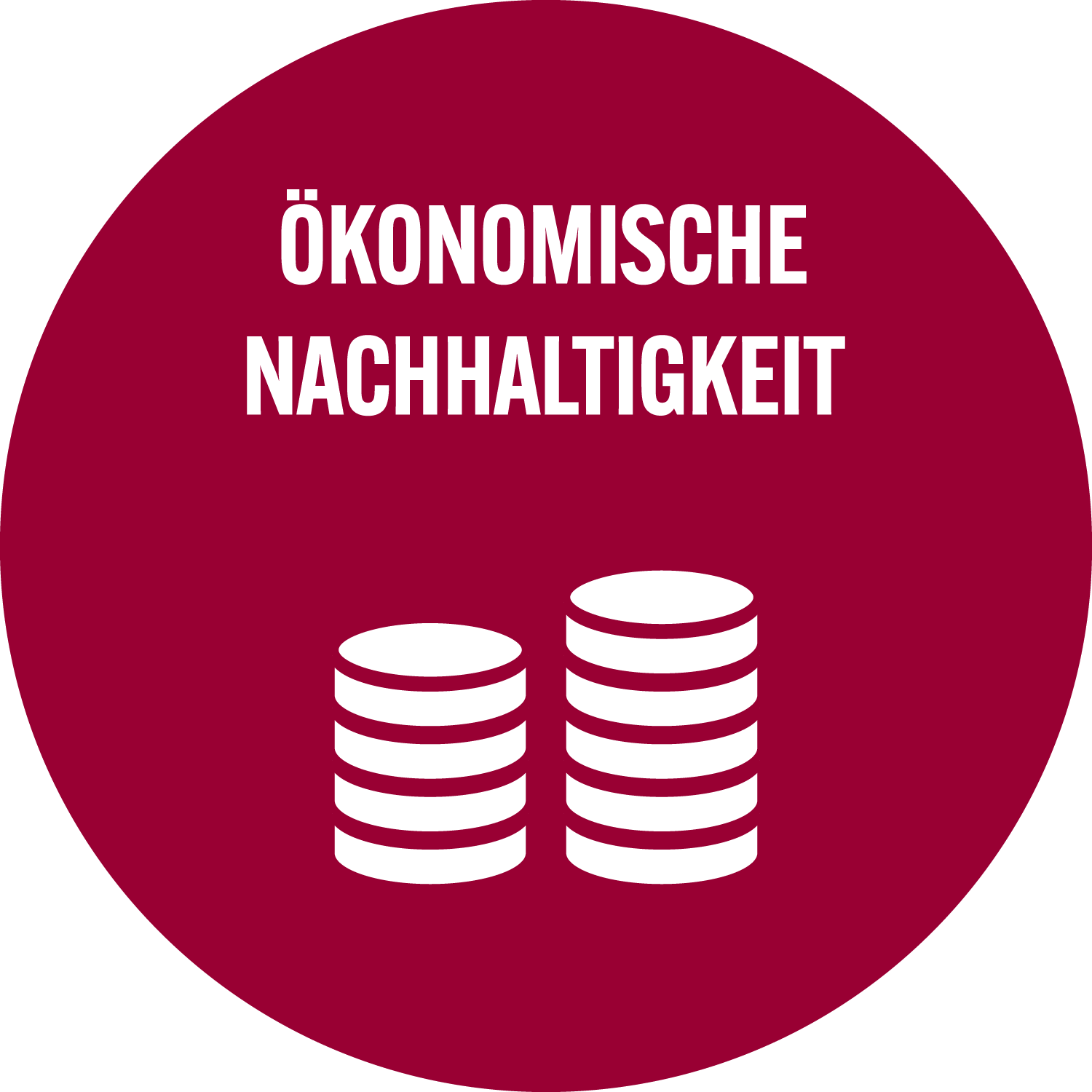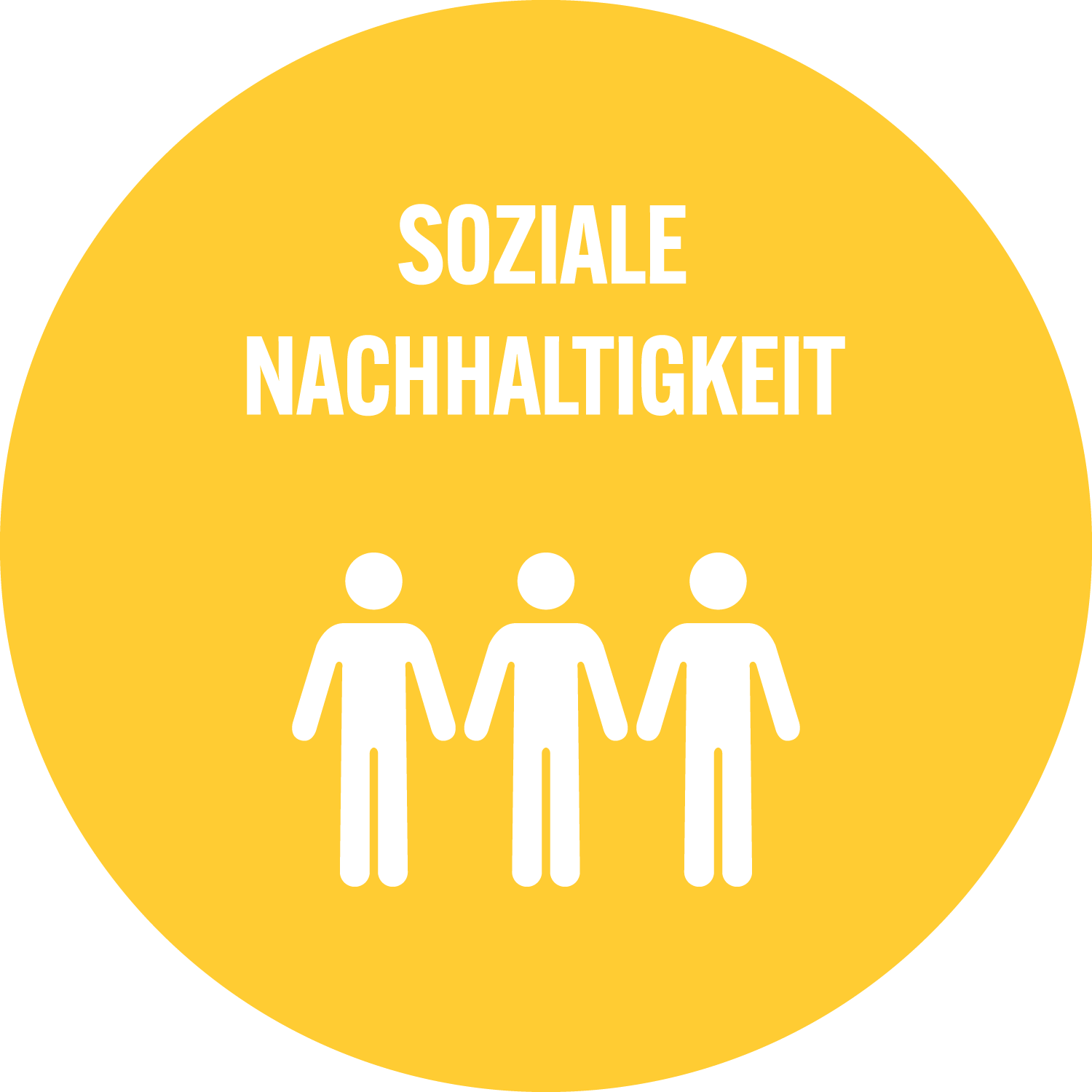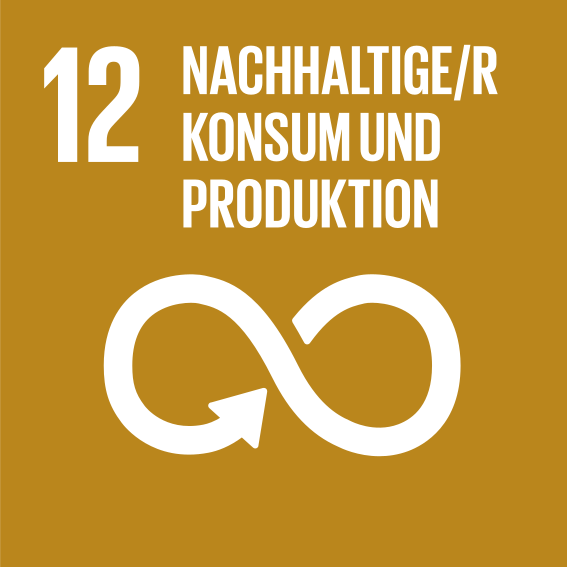|
How to build responsive service processes in German banks: The role of process documentation and the myth of automation
Oberle, Laura Johanna
|
DOI:
|
https://doi.org/10.1108/BPMJ-11-2022-0573
|
|
URL:
|
https://www.emerald.com/insight/content/doi/10.110...
|
|
Weitere URL:
|
https://www.semanticscholar.org/paper/How-to-build...
|
|
URN:
|
urn:nbn:de:bsz:180-madoc-641260
|
|
Dokumenttyp:
|
Zeitschriftenartikel
|
|
Erscheinungsjahr:
|
2023
|
|
Titel einer Zeitschrift oder einer Reihe:
|
Business Process Management Journal
|
|
Band/Volume:
|
29
|
|
Heft/Issue:
|
2
|
|
Seitenbereich:
|
578-596
|
|
Ort der Veröffentlichung:
|
Bingley
|
|
Verlag:
|
Emerald Group Publishing Limited
|
|
ISSN:
|
1463-7154 , 1758-4116
|
|
Sprache der Veröffentlichung:
|
Englisch
|
|
Einrichtung:
|
Fakultät für Betriebswirtschaftslehre > Service Operations Management (Schön 2014-)
|
|
Bereits vorhandene Lizenz:
|
 Creative Commons Namensnennung 4.0 International (CC BY 4.0) Creative Commons Namensnennung 4.0 International (CC BY 4.0)
|
|
Fachgebiet:
|
330 Wirtschaft
|
|
Freie Schlagwörter (Englisch):
|
multi-method , business process management , responsiveness , process capabilities , documentation , automation
|
|
Abstract:
|
Purpose: This multi-method paper investigates the impact factors of process responsiveness, operationalized as process duration, in the bread-and-butter business of German banks, i.e. the private mortgage loan application evaluation process. The tested predictors refer to process design, process execution, business process management (BPM)'s relevance and information technology (IT) support.
Design/methodology/approach: In a sequential research design, a total of 296 useable responses of 1,228 contacted German banks are collected using a questionnaire built from both industry insights gained through 43 expert interviews and theoretical knowledge. Ordinary least squares (OLS) regression is used to determine the relevant impact factors and moderation effects, and a theoretical framework is proposed.
Findings: Proper process documentation moderated by bank size is most influential for process speed, and smaller banks benefit more from it. Automation appears to have a prolonging effect on the process. Although surprising, this finding may be explained through correlation analysis of the data and studies on the Solow’ paradox in the literature.
Research limitations/implications: The models only partially explain process responsiveness. A moderate adjusted R² and several interaction effects indicate the complexity of the presented research question. Still, several hypotheses can be confirmed, leading back to the roots of process improvement and the long-lasting question of the binary impact nature of automation.
Originality/value: Valuable insights for both researchers in service operations and bank practitioners are outlined, shedding light onto responsiveness as still empirically under-researched operational capability. Thereby, the authors also contribute to the superior question of strategic fit.
|
 | Dieser Eintrag ist Teil der Universitätsbibliographie. |
 | Das Dokument wird vom Publikationsserver der Universitätsbibliothek Mannheim bereitgestellt. |
 Suche Autoren in Suche Autoren in
Sie haben einen Fehler gefunden? Teilen Sie uns Ihren Korrekturwunsch bitte hier mit: E-Mail
Actions (login required)
 |
Eintrag anzeigen |
|
|
 ORCID: 0000-0002-1791-340X
ORCID: 0000-0002-1791-340X



 Creative Commons Namensnennung 4.0 International (CC BY 4.0)
Creative Commons Namensnennung 4.0 International (CC BY 4.0)


 Suche Autoren in
Suche Autoren in